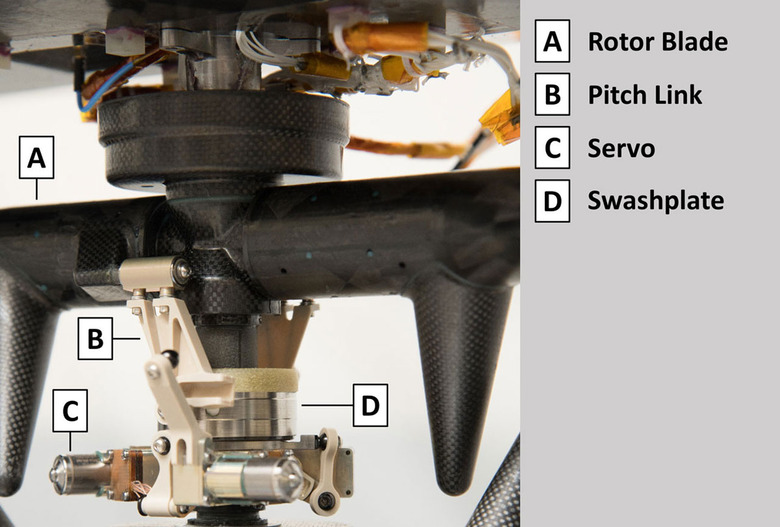NASA Confirms Ingenuity 2800 RPM Spin Test Was Successful
Just like here on Earth, the seasons on Mars are changing. The density of the atmosphere on Mars is always significantly less than it is here on Earth, which some feared might prevent the Ingenuity Mars Helicopter from operating on the surface of the Red Planet at all. As it turns out, Ingenuity has been extremely successful in flying on Mars, but NASA had to take additional steps to keep the helicopter flying as the seasons change.
One of the things NASA is doing is increasing the rotor speed for Ingenuity to 2800 RPM. NASA has now confirmed that the 2800 RPM spin test was a success. Performing that spin test was the first step towards operating Ingenuity in the months and weeks to come. The next step in testing will be to perform a short flight by briefly hovering at Ingenuity's current location with a rotor speed of 2700 RPM.
NASA completed the 2800 RPM spin test on the ground on September 15. During that test, one of the key details was for NASA to determine if the higher spin speed would cause any unexpected vibrations. The good news is no vibrations were detected. NASA expected to conduct its 2700 RPM flight on September 18. However, that flight was scrubbed after Ingenuity detected an anomaly in a pair of servos during its pre-flight checkout and canceled the flight.
The servos in question actuate something called a swashplate mechanism which allows it to adjust the pitch and orientation of the rotor blades during flight. Those servos are critical to stable flight. Pre-flight testing noted that servos 1 and 2 oscillated about one degree higher than their commanded positions just after the second step of the pre-flight sequence.
NASA has confirmed the team is looking into the anomaly and performed additional servo tests called wiggle tests. One happened on September 21 and another on September 23. Both of those tests were successful. One theory is that parts in servo gearboxes and swashplate linkages are beginning to wear after Ingenuity has conducted twice as many flights as originally planned.

However, another theory is that the high-speed spin test left the rotor at a position loading servos 1 and 2 in a way that hadn't been encountered before. Due to the solar conjunction, additional testing and a potential flight with a higher rotor speed won't happen until mid-October.
